Art
Why Video Is the Art Form of the Moment

Jesper Just, Interpassitivies, at the Royal Danish Theater, 2017. Courtesy of Perrotin.
At the 2019 edition of the Venice Biennale, video reigned.
, who began his career as a cinematographer for commercial directors including Spike Lee and
, won the prestigious Golden Lion award for his film The White Album (2018). Meanwhile, one of his frequent collaborators,
, who seamlessly crosses between the worlds of music videos and art museums, presented BLKNWS (2019–present), an experimental news media channel aimed at black audiences. Artists including
,
,
,
,
,
, and
all integrated the medium into dynamic installations. “
”—which now encompasses traditional film and digital video as well as a wide range of new media and technology, including virtual reality, video games, and phone apps—represents some of today’s most exciting contemporary work.
For further evidence of the medium’s art-world domination, one might examine the artists who were shortlisted for the Turner Prize in 2018 and 2019. All eight—
,
,
,
,
,
,
, and
—work in video.
This video art renaissance derives from an ever-growing range of exhibition methods, improvements in technology, wider institutional acceptance, and artists’ growing ambitions.
Museums double down on video art
In 2019, video art has become a requisite for any collecting modern and contemporary art institution. Over the past couple of decades, museums have embraced digital art, acquiring exemplary works for their collections. Healthy budgets for experimental video art encourage artists to continue working in the medium, and gallerists to keep showing the work.
Major art institutions including the Tate, the Museum of Modern Art, and the National Gallery in Washington, D.C., feature significant video art holdings. Joanna Sandler, a Tate representative, notes that the institution began collecting film in the 1970s and now owns a large amount of “time-based media”—“slide, film, and video works in various digital and analogue formats, as well as sound and performance works,” she said.
In 1939, MoMA launched the United States’s first film exhibition program. Today, its collection has grown to over 30,000 works, spanning commercial film and video art—ranging from Martin Scorcese’s Raging Bull (1980) to works by contemporary artists like
and
.
“There has long been a mutual fascination between the worlds of cinema and gallery-based practices, with artists straddling the divide,” said Rajendra Roy, MoMA’s chief curator of film. “The most practical difference between the two worlds has always been economic: unlimited multiples with audience-driven revenues versus editioned copies.” In other words, Raging Bull’s financial success depended on millions of dollars in relatively cheap ticket sales, while
’s 2017 video Weed Killer—which was recently acquired by the Tate at Frieze London—relied on the sale of five editions to major institutions (for an undisclosed price).
A growing market for video art
Even the market is slowly coming around to video. Next October, Christie’s will sell the first-ever virtual reality work to hit the auction block:
’s The Life (2019). The sale signals a growing acceptance among private collectors for new media work.
Yuki Terase, Sotheby’s head of contemporary art for Asia, said that generally speaking, video art is “still a relatively niche category vis-à-vis the auction market.” She noted one major exception: the 20th-century artist
. Sotheby’s sold four of his works this year alone, for prices up to HK$2 million ($255,000). A major new media pioneer, Paik is also currently the focus of a major exhibition at Tate Modern through February 9th.

Production still from Matthew Barney Redoubt , 2018. Photo Hugo Glendinning. © Matthew Barney. Courtesy of the artist, Gladstone Gallery, New York and Brussels, and Sadie Coles HQ, London.
The medium is also important at a regional level. “Within Asia, video art and film work [have] played a particularly key role [in] the region’s contemporary art space in the past two-and-a-half decades,” Terase said. “Young Asian artists can be regarded as frontiers of the genre.” She cited artists including
and
; the latter became the youngest Chinese artist to participate in the Venice Biennale’s main exhibition in 2001 when he screened his film Rainbow (1998).
Terase noted two key challenges for the video art market: challenging content and claims of authenticity. Artists who work in video often deal with sociopolitical issues that may appeal to a younger, trendsetting group of collectors. As for the second issue, she said, “While it’s easy to detect a fake painting, the only way to determine whether a video work is the original is the artist’s certificate.”
Danish artist
said that a major challenge for artists working in the medium is that “a large aspect of video is sole representation, light projected onto a wall, whereas the private market is focused on the presentation of fetishized objects.” Private buyers are drawn to artwork that fits the traditional, saleable mold: paintings and sculptures, which are easier to install and track. Traditionally, video’s only real dimension is time.
Yet Terase is hopeful about burgeoning collector interest in video. According to her, 40 percent of Sotheby’s new clients in Asia are under 40 years old. She believes that younger collectors’ “eclectic tastes and novel approaches to art” will shape a market that values non-traditional media. Visitors worldwide are flocking to art collective
’s immersive exhibitions, spurring interest in digital art. In 2018, the Japanese collective’s Tokyo space Borderless was the most-visited single-artist museum. Given this success, the group plans to expand into Macau and Shanghai within the next year.
Some of today’s most adventurous collectors are already quite comfortable acquiring and displaying the medium. In 2007, German collector Julia Stoschek opened her eponymous, video-heavy collection in Düsseldorf, and has since expanded to Berlin. According to the Financial Times, she began collecting art in the early 2000s and started focusing on time-based media soon after. In special exhibitions, Stoschek showcases pieces from her roughly 850-work-strong video art collection. Given its niche status at the auction level and its space requirements, video art collecting remains more about passion than investment.
The creative potential of video for artists
Advancing digital technologies have given artists both new platforms and new creative potential for working in video. “We are living in an environment of surfaces and screens,” said Just. Video artists’ presentations are no longer confined to a single screen, and ideas about the medium itself have led artists to engage with technology, virtual reality, and architecture.
Just—who opens an exhibition at Perrotin in New York on January 14, 2020, including a new video work featuring American Ballet Theater dancers—addresses a shift in how artists are thinking about video. Screens can adopt a negative connotation as superficial impediments to experiencing the world around us. It’s easy for artists to critique our reliance on phones and laptops, which can lead us to be less present in our surroundings. Yet Just points to the work of Harvard University visual and environmental studies professor Giuliana Bruno, who ties the screen back to architecture. In this sense, Just sees the creation of video art as the making of an environment. “You can also consider the screen a boundary between the outside and inside, public and private space, creating a kind of intimacy,” Just said. What video art lacks in objecthood, it can make up in a unique, immersive environment.
Just, for example, presented a five-channel film installation, Intercourses (2013), at the 2013 Venice Biennale. His exhibition featured a number of architectural interventions: Viewers could walk through rooms lit with bright-pink light and decorated with large potted shrubs, and see a crumbling wall. At this past year’s biennale, Arunanondchai presented his film with history in a room filled with people with funny names4 (2017) in a darkened gallery featuring a faux garden, eerily lit with green light. At
’s exhibition at the New Museum this past summer, viewers walked into what appeared to be a pearl jewelry–making workshop before entering a viewing room that screened a film, NoNoseKnows (2015). By making such environments, each of these artists extends the cosmology of their projects, blurring the boundary between the on-screen fiction and the reality of the viewer’s surroundings. While this aesthetic strategy, as Just noted, may be rooted in philosophies of cinema, it also makes watching video art much more fun for the audience.
Galleries support artists’ video ventures
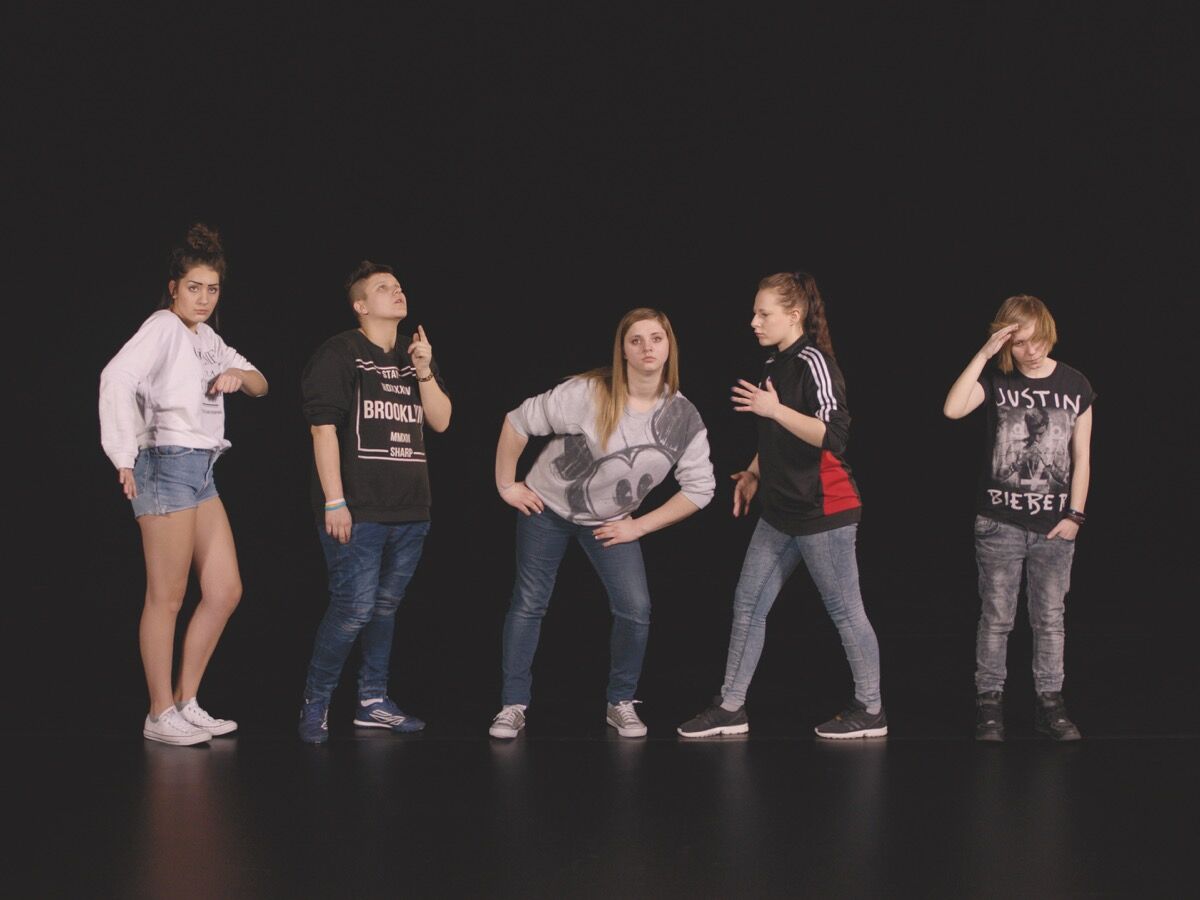
Sharon Lockhart, Little Review , 2017. © Sharon Lockhart. Courtesy of the artist, Gladstone Gallery, New York and Brussels, neugerriemschneider, Berlin, and Zachęta–National Gallery of Art, Warsaw.
In addition to these shifting exhibition strategies, gallerist Barbara Gladstone noted a change in “how we define film versus the moving image.” Video art is now an expansive field that extends far beyond traditional film.
Artist
has made films since the 1990s, taking a more traditional role as a filmmaker. Cheng, on the other hand, has created digital work—“never-ending simulations,” as Gladstone described them—that reflects viewers’ individual experiences on phone apps and screens. For example, his recent project BOB (Shrine) (2019) required visitors to download an app and create their own “shrines.” A large screen at the gallery reflected the audience’s interactions with these fictional entities.
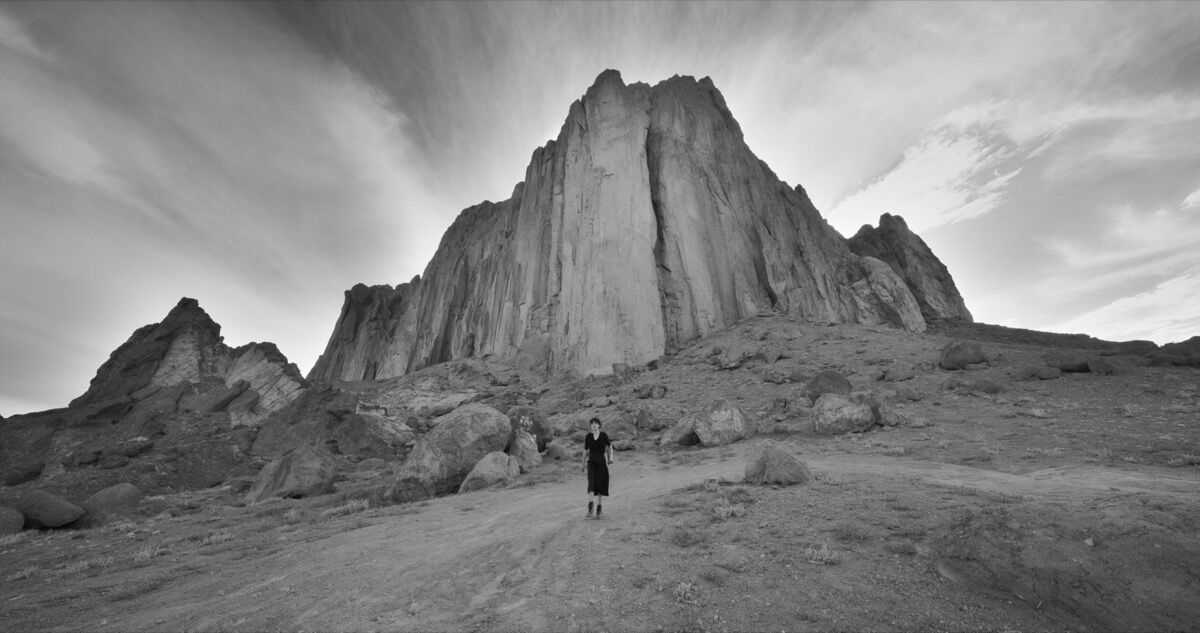
Shirin Neshat, Land of Dreams, 2019. © Shirin Neshat. Courtesy the artist, Gladstone Gallery, New York and Brussels and Goodman Gallery, Johannesburg, Cape Town and London.
At this year’s Venice Biennale, another Gladstone artist,
, projected a moving, digital image in the middle of a darkened room: He turned his video into a three-dimensional, life-sized artwork. “Like most facets of contemporary culture, technology has drastically impacted the field of film and the moving image,” Gladstone said.
Artists and galleries are still figuring out how best to monetize and present video work, which can be daunting or exciting, depending on the personality. Gladstone—whose roster also features
,
,
,
, and
—has been particularly supportive: She represents one of many galleries that embrace the medium.
“Artists are pushing back against certain historical tropes,” Gladstone said. They’re “asking important questions through works and installations that expand the possibilities of what the moving image can do and stand for.” She’s eager to help artists find new ways to situate their time-based work in the art world.
Alina Cohen is a Staff Writer at Artsy.
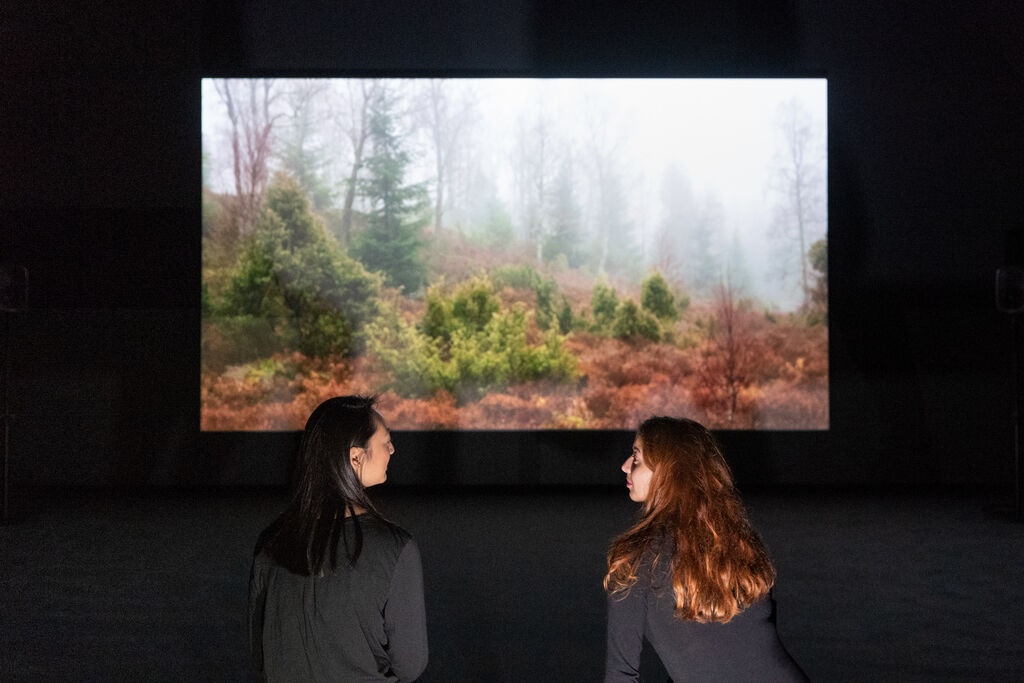
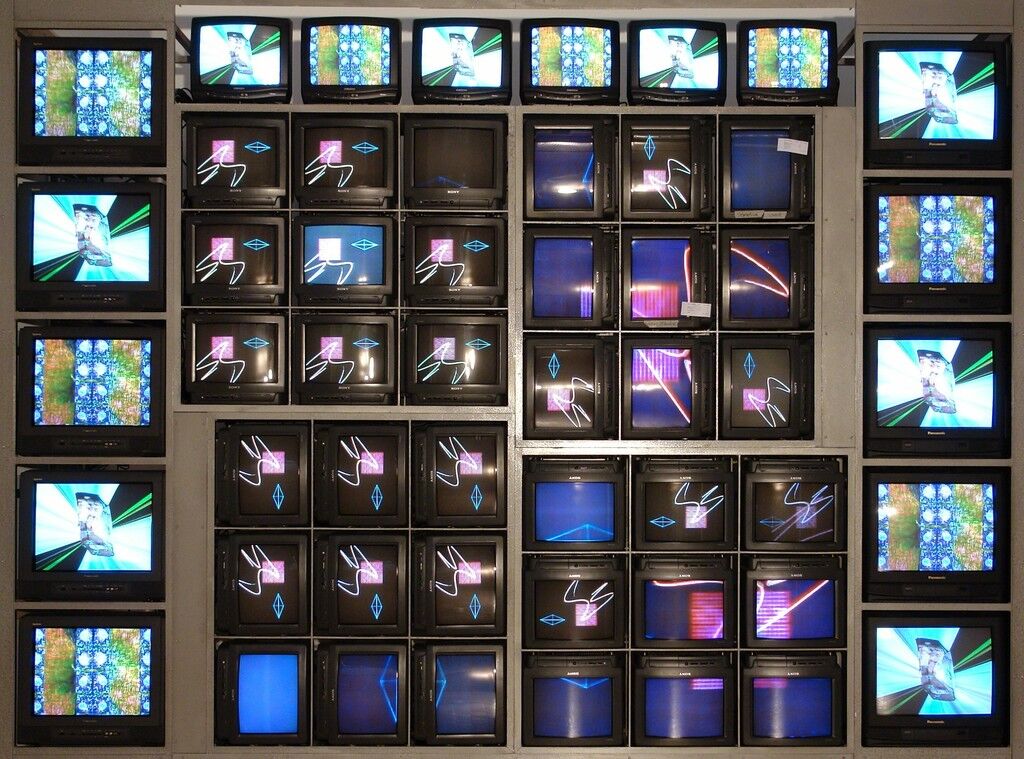
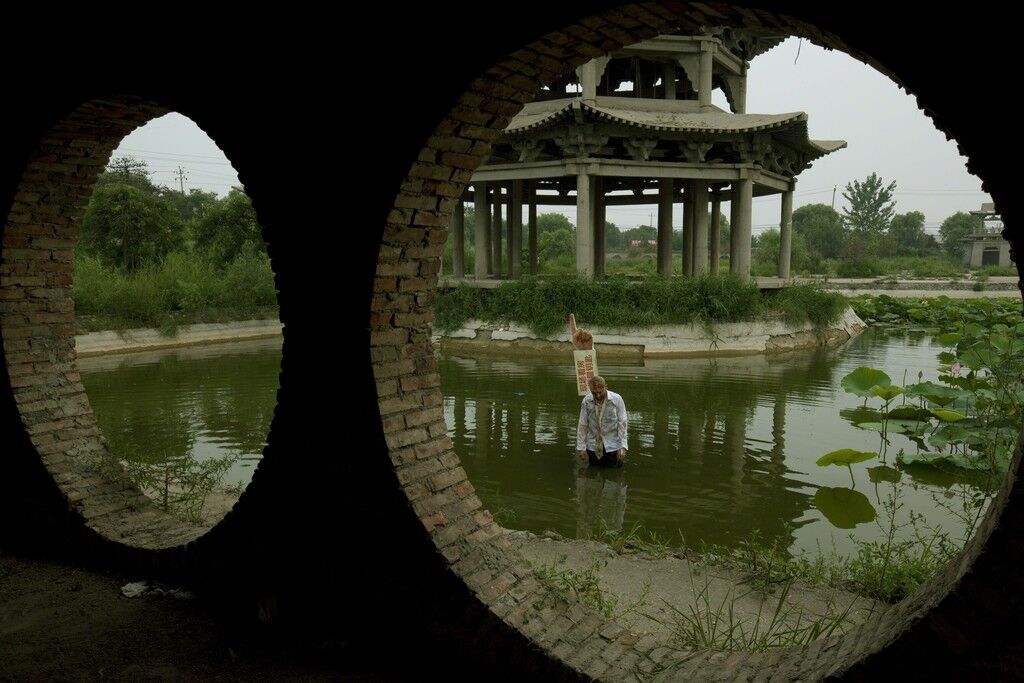
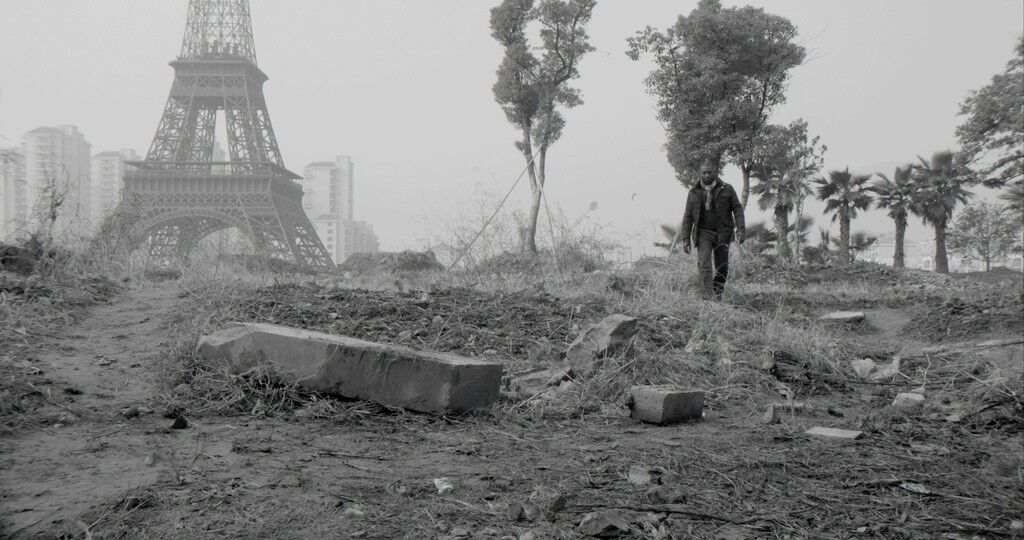


No comments:
Post a Comment